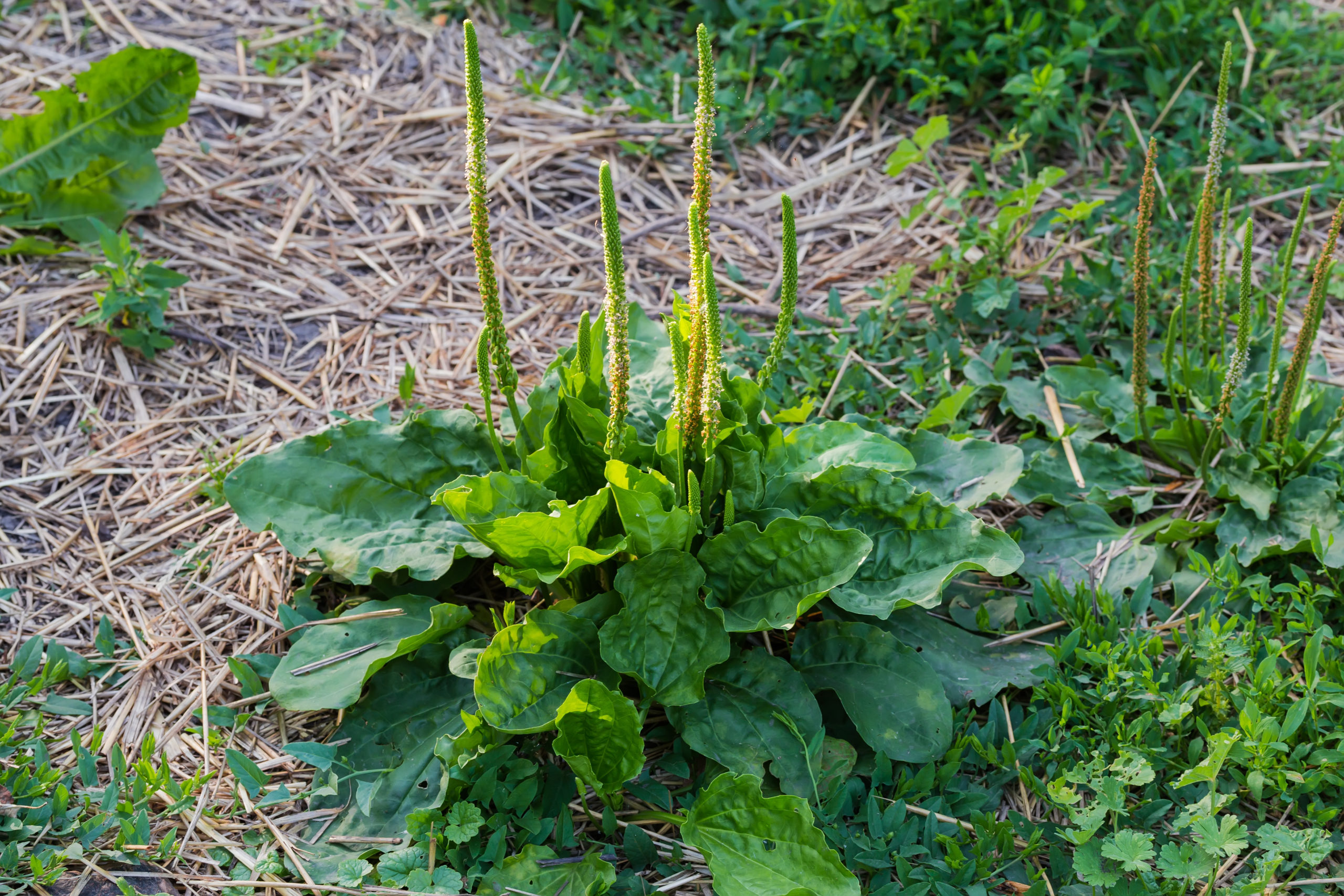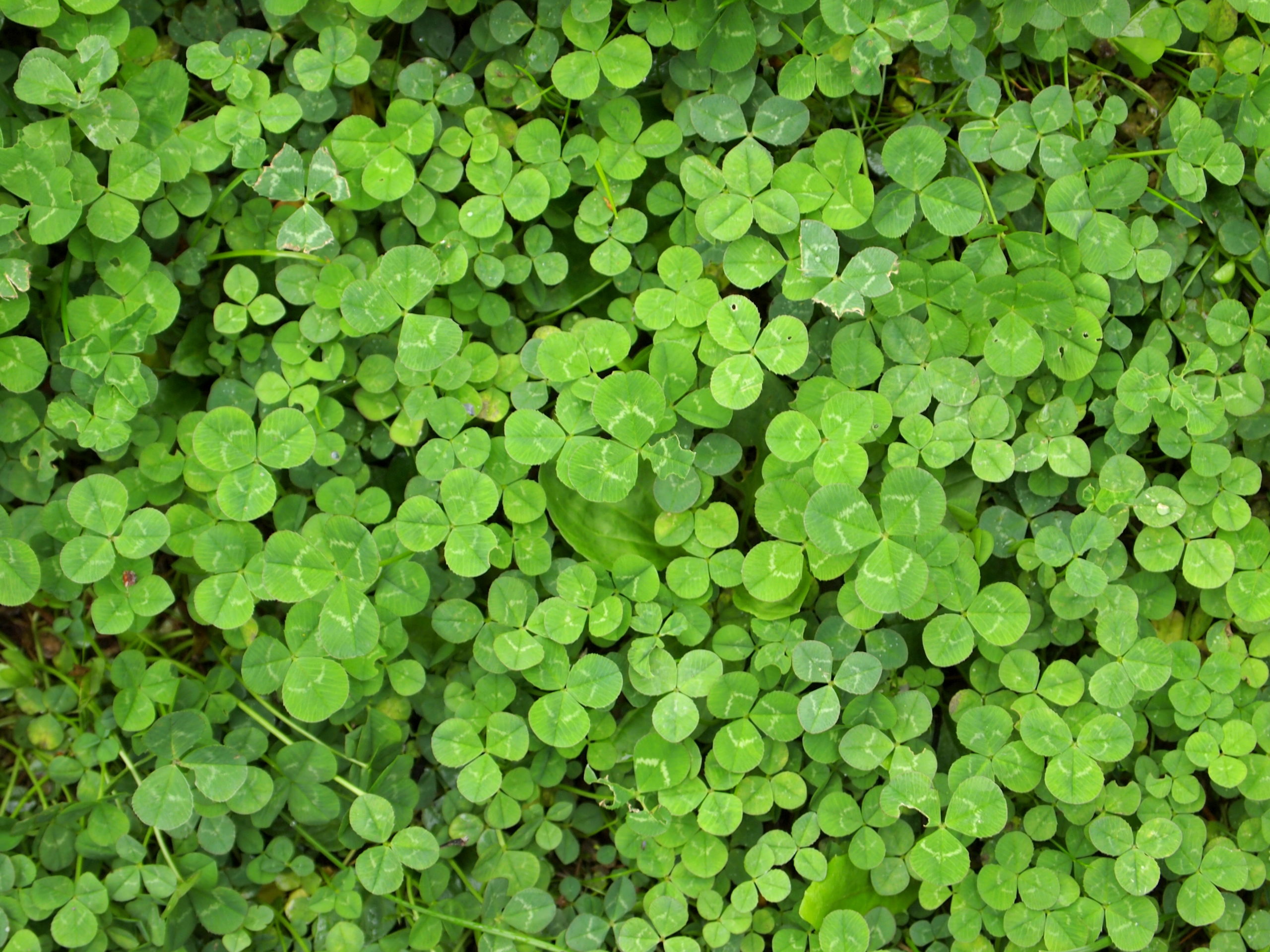
Controlling Broadleaf Weeds in Your Lawn
Every lawn care specialist knows there are a plethora of threats to your lawn at any given time. Especially in a climate like Texas where the weather is warm near year-round, active inspection is a necessity to catch potential problems. Things like pests and disease can cause brown patches and dead turf before you even know they were there. However, arguably the largest threat to your turf is weeds. There are different types of weeds that can invade your property, but we consider weeds to be any plant somewhere you do not want it to be. Grassy weeds and Broadleaf weeds are the primary lawn antagonists, but for this blog, we will focus on the latter. While grassy weeds look like turf (Dallisgrass, CrabGrass, etc.), broadleaf weeds are easily distinguished from natural plant material. In this blog, we will discuss identification, along with control methods to keep them out.

How to Identify Broadleaf Weeds
The stark contrast between broadleaf weeds and grassy weeds is that instead of blending in with your turf, these weeds will look like out-of-place plants. Easy examples of these weeds are dandelions, chickweeds, ground ivy, and plantain. Some of these weeds have good-looking flowers that might be tempting to keep, but they will spread quickly and take over your turf. Each broadleaf weed has unique characteristics, so familiarize yourself with the qualities of each. If your lawn care provider is Higher Ground, our team will know as soon as you have a broadleaf weed issue.
Pre-Emergent Control: Preemptive Prevention
In an ideal scenario, you never see the start of a broadleaf weed problem on your property. Pre-emergent control applications can be applied to your lawn in late winter to prevent dormant weed seedlings from beginning the germination process. This treatment sprays a barrier of vapor that kills off weeds before they can sprout. Getting them dealt with early means that the number of broadleaf weeds you must deal with post-emergence, will be vastly lower at the bare minimum. For maximum benefit, pre-emergent control should also be applied in the fall to prevent winter annual weeds. In total, we try to apply pre-emergent 3x per year. Consistent pre-emergent treatment lessens the need for our next weed control method.
Post-Emergent Weed Control: Visible Weeds
If your pre-emergent weed control treatments do not take care of all broadleaf weeds, you may need to deal with some stray plants using post-emergent weed control methods. Different weeds will require different herbicide treatments, so identification is necessary at this point. Professionals should also be performing the application, as chemicals can be harmful to humans. The recommended option for our clients, contact control options will kill at contact. This application should be done when temperatures are cooler, as combining temperatures over 85 degrees can harm your turf. The earlier these applications are applied in the life of the weed, the more effective the treatment will be. Avoid cutting or trimming the weeds for a few days post-application. Nobody wants to weed by hand, so trust Higher Ground with your weed control.
Higher Ground Lawn Care and Lighting is ready to take your property to a higher level. Experience why your neighbors and businesses in University Park, TX & surrounding areas choose Higher Ground Lawn Care & Lighting to bring their property to the next level. Contact us at (682) 206-3596 or check out our website today.
Ready to get started?


